Engineering Design Challenges
NASA engineers turn dreams into reality. These NASA-themed design challenges and activities will ignite your students' interests. Activities are easily modified and adapted.
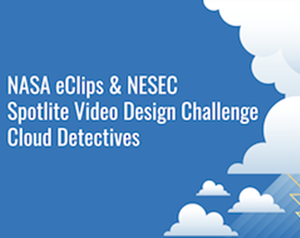
NASA eClips
Spotlite Video Design Challenge: Cloud Detectives
NASA eClipsTM has partnered with NASA’s Earth Science Education Collaborative (NESEC), The GLOBE Program, and GLOBE Observer to co-develop and promote the NASA Spotlite Challenge: Cloud Detectives. Student teams are asked to select a cloud misconception to investigate and make a claim to refute the misconception. Teams are then challenged to write an engaging script that includes a demonstration on how to use the GLOBE cloud protocols to disprove the misconception.
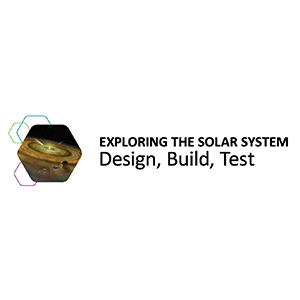
NISE Network
Exploring the Solar System: Design, Build, Test
Participants will imagine a scientific mission to space, draw inspiration from existing spacecraft, and then design and build their own simple model spacecraft to accomplish the goals of their mission.
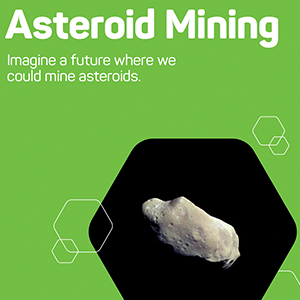
NISE Network
Exploring the Solar System: Asteroid Mining
Participants will imagine the challenges and opportunities of asteroid mining. Participants will draw their own asteroid mining machines, and consider how these devices would extract, process, and return mined materials to Earth.
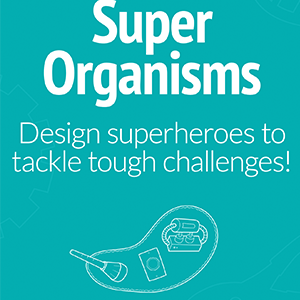
NISE Network
Building with Biology: Super Organisms
In this activity focused on synthetic biology, learners use the engineering design process to design a single-celled organism to clean up an oil spill to learn more about synthetic biology.
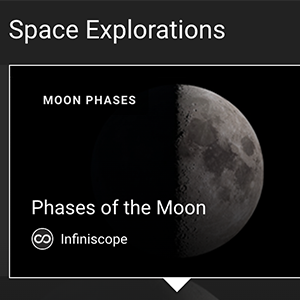
Infiniscope
Space Explorations: Phases of the Moon
Explore the phases of the Moon in this cool 80's retro style experience featuring your AI friend LuCIA. Use a model to identify inaccuracies in LuCIA’s coding. Sequence a variety of Moon phase diagrams to “Reprogram” her code. Test the new code to improve the clarity of the galaxy image and reprogram her until a clear image is achieved.
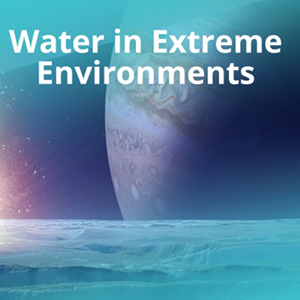
PLANETS
Water in Extreme Environments Out-of-School Time educator guide
Water in Extreme Environments engages youth in collaborative teams to engineer water filters with basic materials, and by playing a game to learn about where water can be found in our solar system.
Audience: Middle grades
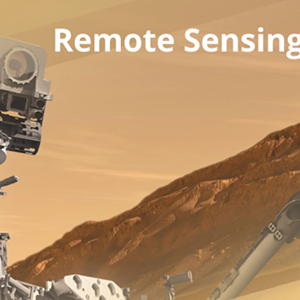
PLANETS
Remote Sensing Out-of-School Time educator guide
In this unit, youth use the Engineering Design Process to design remote sensing devices that can help scientists learn about a newly discovered moon.
Audience: Middle grades
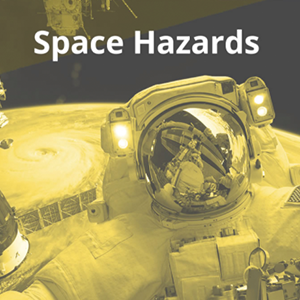
PLANETS
Space Hazards Out-of-School Time educator guide
Space Hazards engages youth in collaborative teams to engineer space gloves with basic materials, and by playing a game to learn about hazards and ways to mitigate them for space missions.
Audience: Elementary grades 3-5
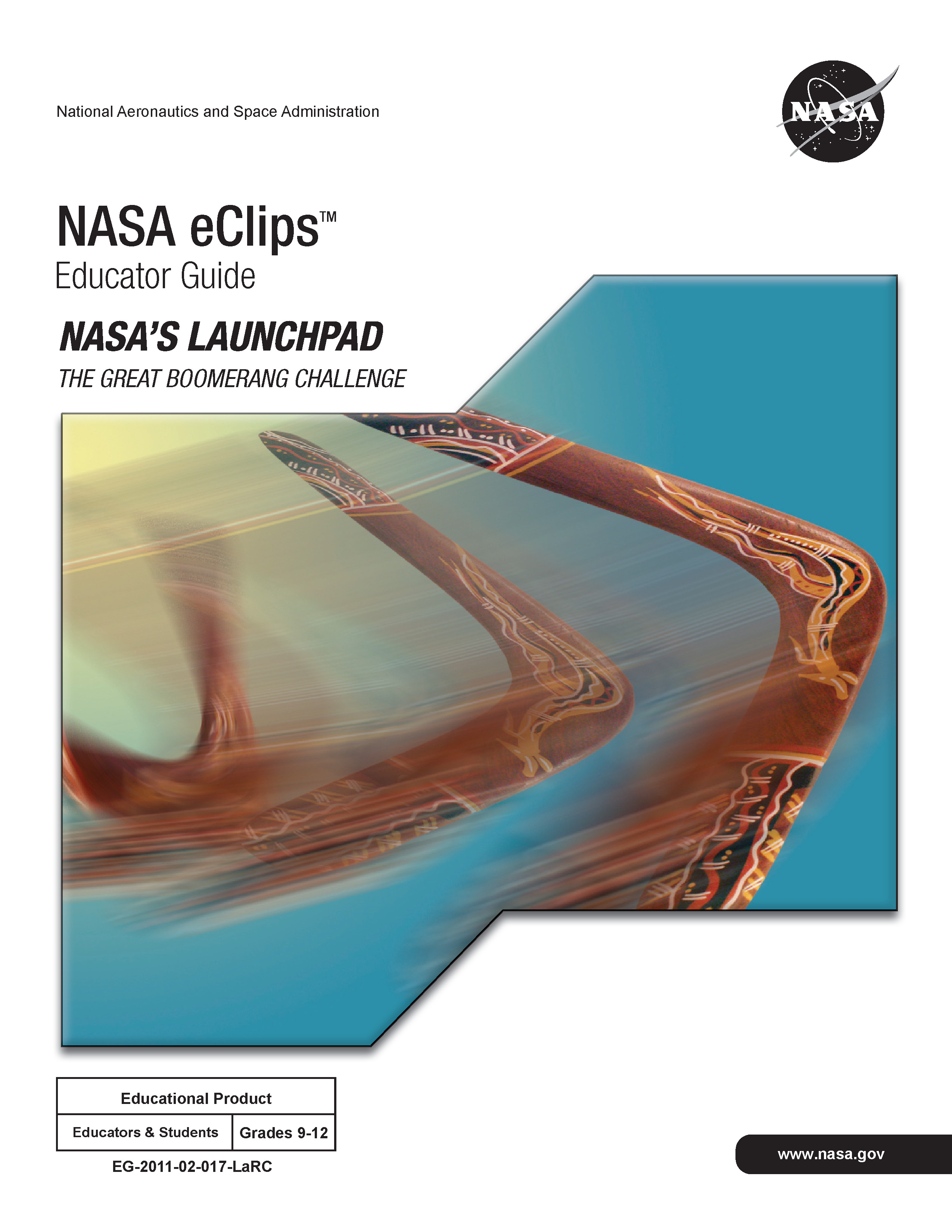
NASA eClips
NASA Launchpad: The Great Boomerang Challenge
Students think and act like engineers and scientists as they follow the engineering design process to design, build, test, and re-design a boomerang. Once the boomerang is built, students explain and demonstrate how different forces affect its flight. Students research and explore basic aerodynamics forces and explain their applications to boomerang flight. Students compare what they observe with a Teaching from Space NASA eClips™ video segment to learn more about how boomerangs react in a near zero gravity environment.
Audience: High school
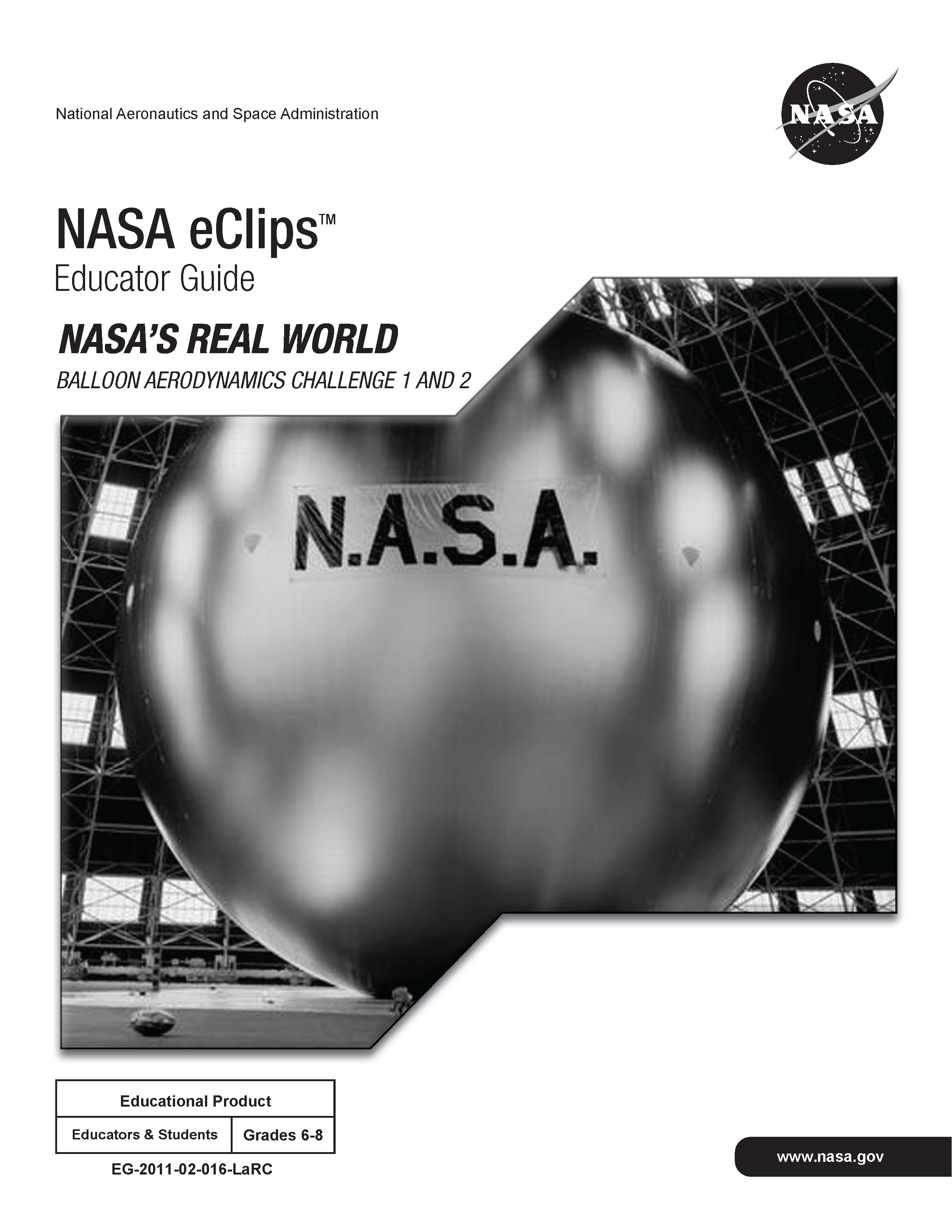
NASA eClips
NASA's Real World: Balloon Aerodynamics Challenge 1 and 2
Students think and act like scientists and engineers as they follow the Design Process to density to design a series of balloons that float at different heights. Advanced classes or students also attach sensors to the balloons to gather environmental data. Students compare what they observe with a Teaching from Space NASA eClips™ video segment to learn more about forces and motion in a near zero gravity environment and how these forces act similarly or differently than they do in Earth’s gravity.
Audience: Middle and High School
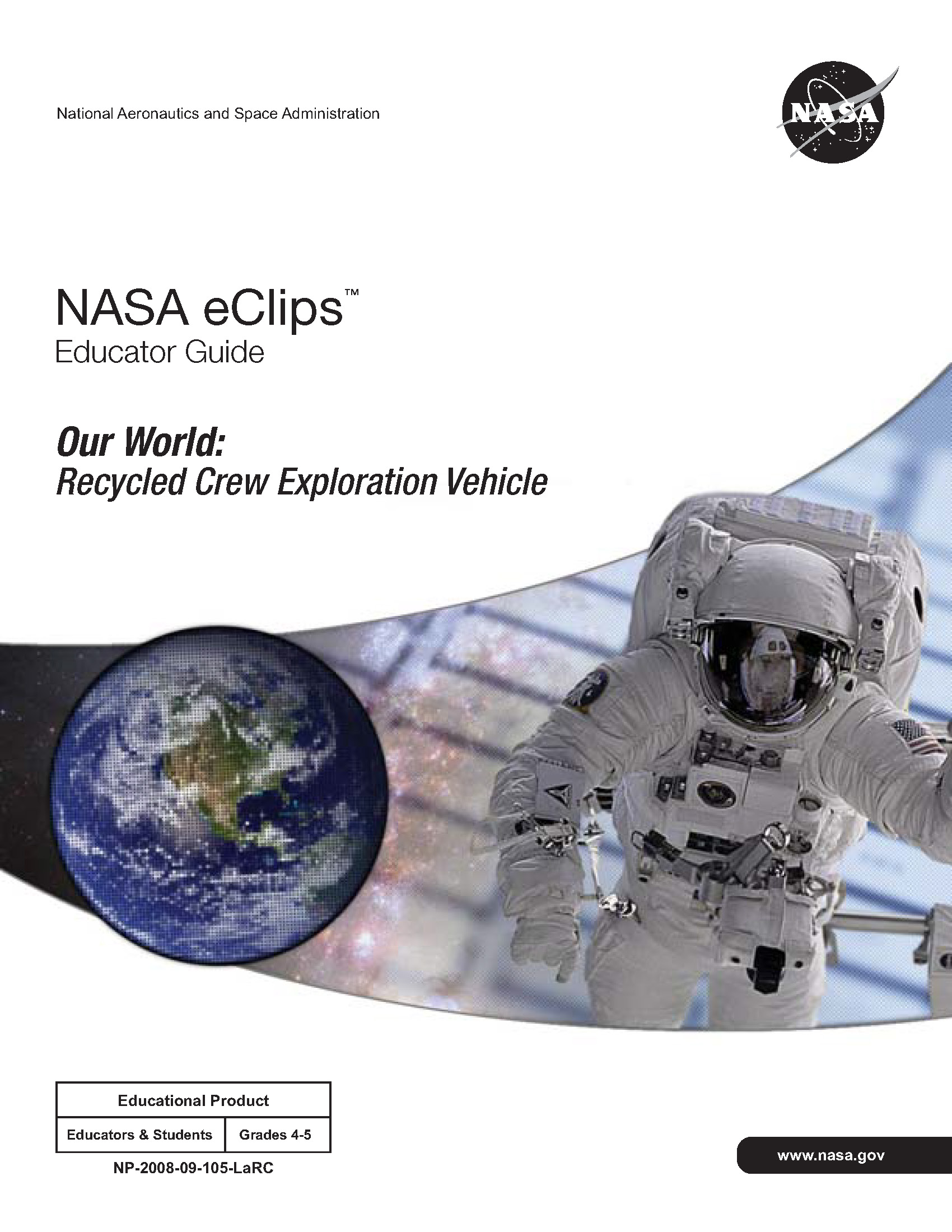
NASA eClips
Our World: Recycled Crew Exploration Vehicle
Students are introduced to the Orion Crew Exploration Vehicle (CEV) and NASA’s plans to return to the Moon in this lesson. They work in teams to think and act like engineers as they design and build a model of their own CEV using recycled materials.
Audience: Upper Elementary
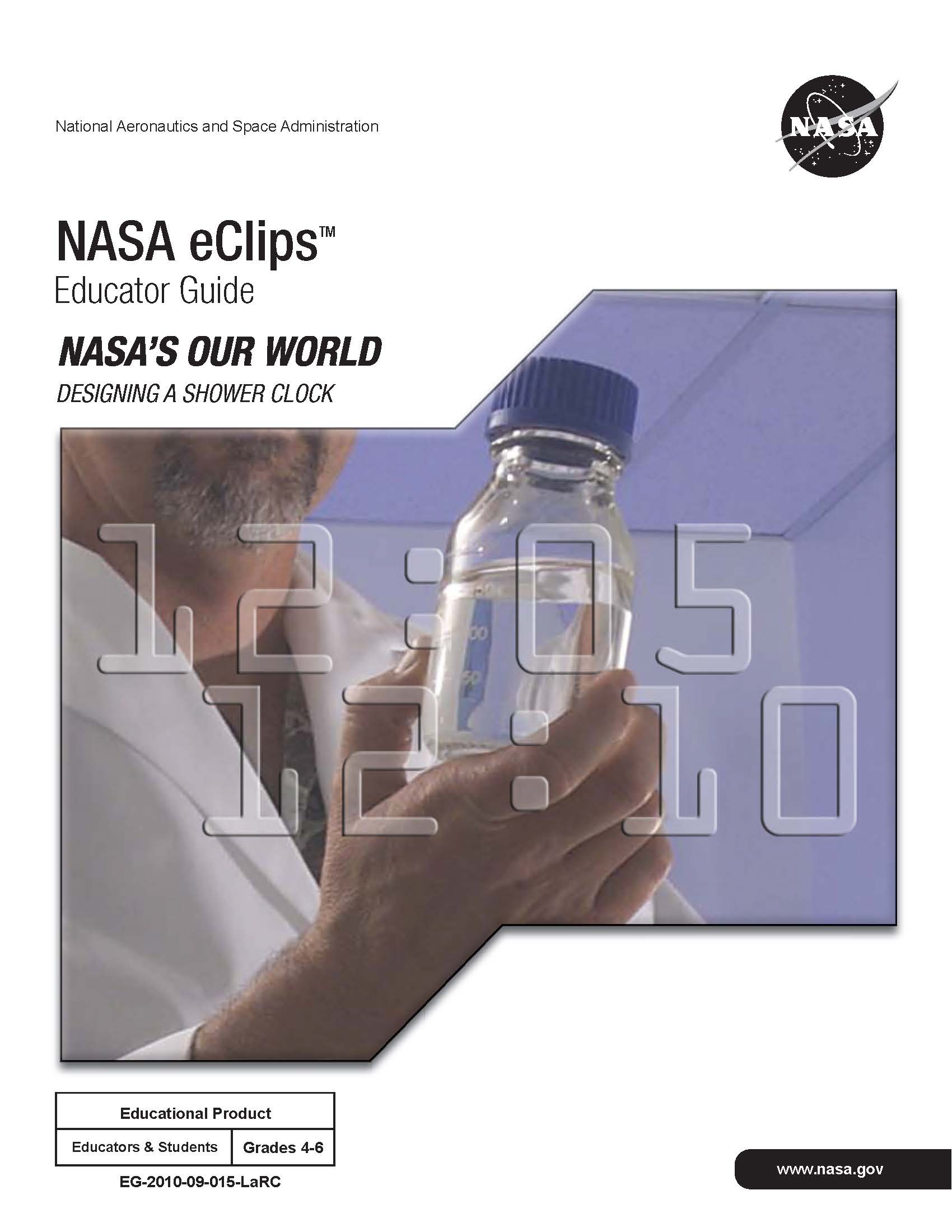
NASA eClips
Our World: Designing a Shower Clock
Students think and act like engineers and scientists as they follow the Design Process to design, measure, build, test, and re-design a shower clock. Once the shower clock is built, students discuss ways to conserve and recycle water. Students view a Teaching from Space NASA eClips video segment, then relate water conservation issues on the ISS to those in their daily lives.
Audience: Upper Elementary
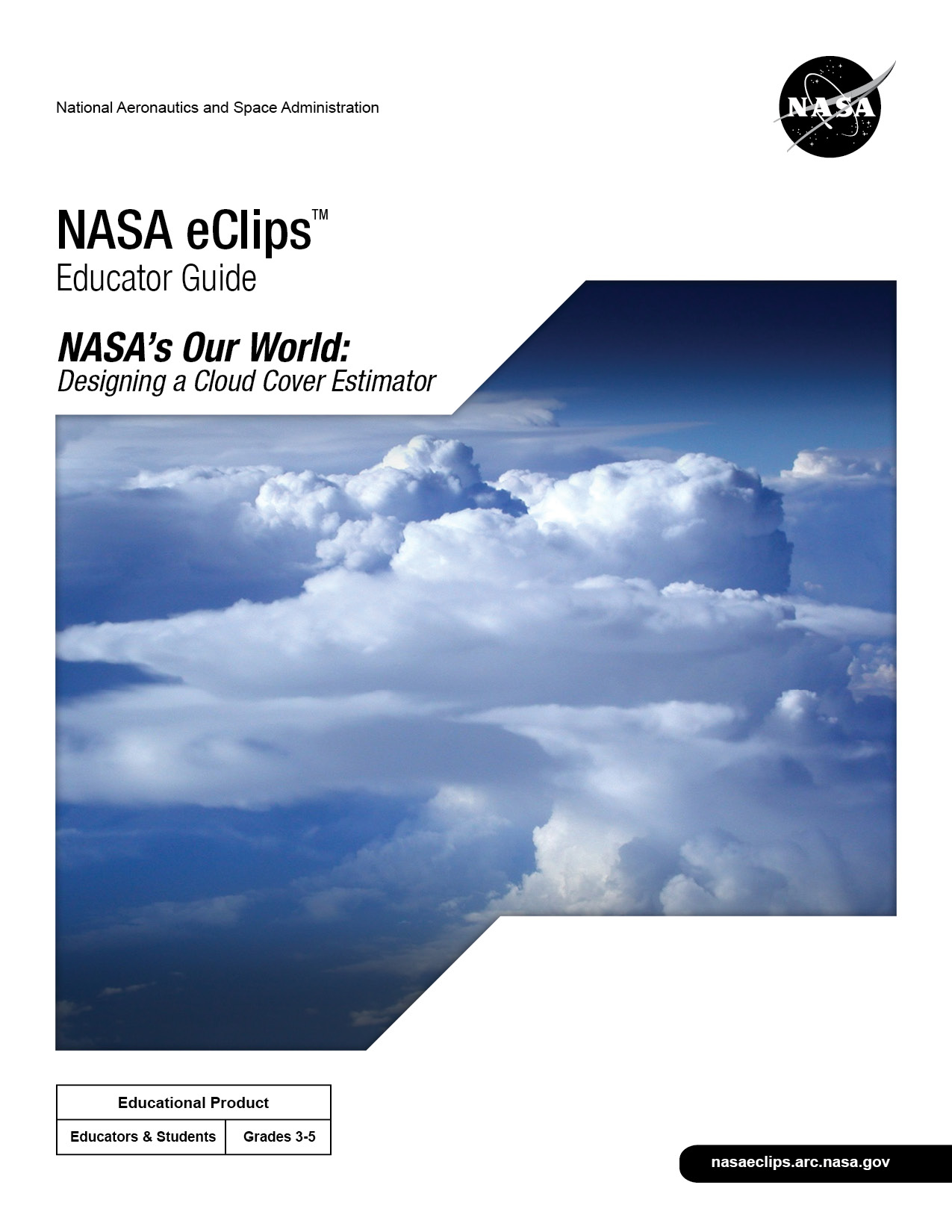
NASA eClips
Our World: Designing a Cloud Cover Estimator
Students think and act like engineers and scientists as they follow the Design Process to design, measure, build, test, and redesign a cloud cover estimator to measure the amount of cloud cover in the sky. Once the cloud cover estimator is built, students discuss the role clouds play in Earth’s energy budget.
Audience: Upper Elementary and Middle School

GLOBE Observer
Build a Better Mosquito Trap
Build a simple trap to capture mosquito eggs and larvae using recycled or inexpensive materials. Make this an engineering challenge by reimagining the mosquito trap to be sturdy (won’t tip over or break), with the following attributes: appealing for mosquitoes to lay their eggs (dark cover, non-slip surface); allows eggs to drop in, though after they hatch, the adults cannot escape. The trap can collect precipitation. In the trap, larvae must be easy to see, count, and retrieve -- this is the data requested in the GLOBE Observer citizen science app.


 Recent tweets from NASA eClips
Recent tweets from NASA eClips

